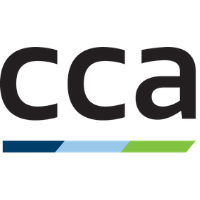Universal Service Fund (USF)
An update to America’s main statute supporting connectivity is long overdue.
When the Universal Service Fund (USF) was created by Congress decades ago, it was the era of wired phones and faxes instead of iPhones and streaming. It was designed to ensure all Americans have access to affordable communications services—especially those in rural and underserved areas. USF helped usher us into a modern era where Americans can be connected anytime, anywhere and do more than ever. But an update is past due.
The USF is made possible through charges on phone bills based on interstate and international telecommunications revenue. In today’s world, these no longer make sense, causing serious problems. For example, for over a decade, funding to support mobile networks in rural America has been frozen—while the real costs to build and maintain service keep rising. As technological advancements soar, the companies that leverage innovation use connectivity to provide apps and services without paying their fair share.
Without modernization, years of progress to close the digital divide are being undone. It’s time for Congress to prioritize and revamp the USF.
Key priorities for reform:
- A Sustainable Contribution Base: Continuing to fund USF through the private sector is the right methodology, but contributors to USF should also include edge providers and essential services to the modern economy benefiting from connectivity, easing the burden on traditional carriers and their customers.
- High-Cost Fund: The foundation of USF, crucial for enabling connectivity and services like E-Rate and Rural Health Care. This fund must be sustainable to meet current and future needs, including both infrastructure and maintenance costs.
- Improved Data & Mapping: Accurate broadband mapping data, including challenge processes, are vital to ensure that every American is truly covered, no matter where they live, commute, or travel.
Let’s keep pushing for a universal service that delivers.
CCA is committed to collaborating with Congress to find long-term solutions that will keep our communities connected and strengthen America’s digital future.
Explore our work below:


